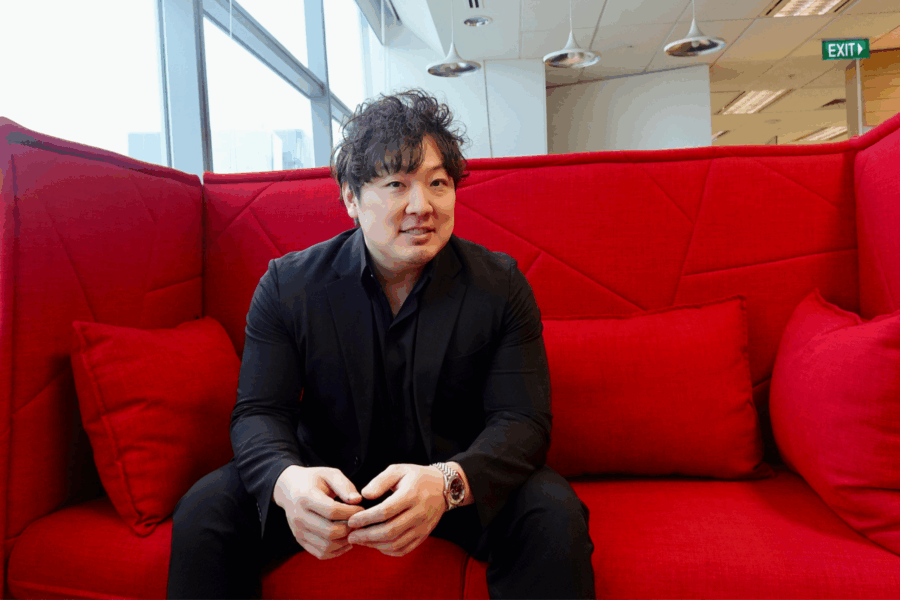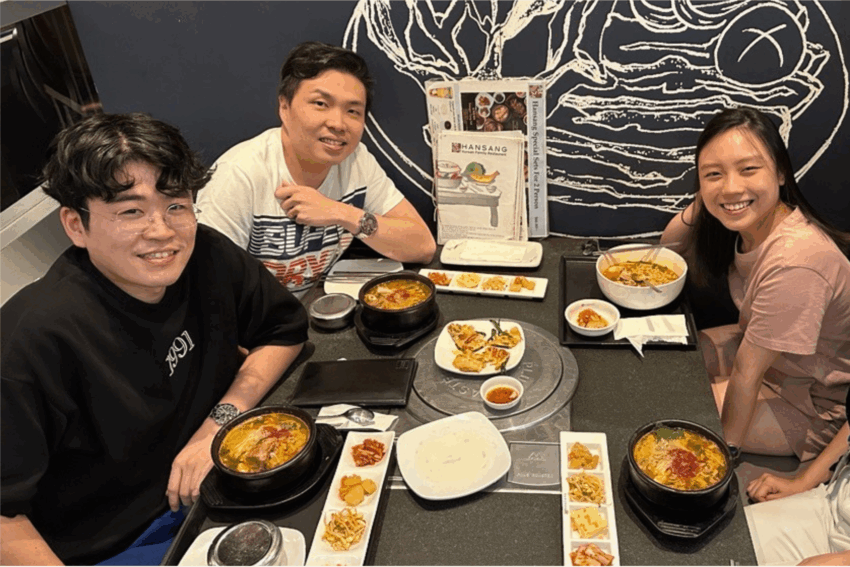Cultural Intelligence (CQ): The Key for Japanese Companies to Succeed in Singapore
Jocelyn goodjob
on
August 20, 2025
Written by: Ryo Miwa | Edited by: Rose Tan
In today’s increasingly globalised business environment, Cultural Intelligence (CQ) has become indispensable for organisational success. CQ refers to the ability to collaborate effectively with people from diverse cultural backgrounds, significantly improving cross-cultural communication and operational efficiency.
Singapore, an Asian business hub where multiple ethnicities and cultures coexist, is an international city that attracts companies and talent worldwide. For Japanese companies operating in this diverse environment, enhancing cross-cultural understanding and adaptability is crucial in establishing a sustainable competitive advantage.
Understanding Cultural Differences: A Comparison of Japan and Singapore
Communication Styles and Etiquette
- Singapore: Direct communication is valued, and individuals are encouraged to express their opinions frankly in meetings and discussions.
- Japan: Indirect expressions and a “culture of intuiting” [察する文化 – sassuru bunka] are deeply rooted, with careful word choice emphasised to maintain group harmony.
Decision-Making Processes
- Singapore: Speedy decision-making is often required, and on-site personnel frequently have discretionary authority.
- Japan: A top-down approach is common, and decision-making involves a careful consensus-building process.
Career Perspectives and Employment Practices
- Singapore: Meritocracy is prevalent, and changing jobs is a common means of career advancement. Performance-based evaluation and reward systems are widely adopted.
- Japan: A culture of long working hours and lifetime employment remains strong, and many companies still use seniority-based wage systems.
Practical Approaches to Enhancing Cultural Adaptability
Conscious Observation and a Proactive Learning Attitude
In cross-cultural environments, it is crucial first to carefully observe the behaviour and communication styles of others. For example, in Singaporean business meetings, open discussion is welcomed, so rather than remaining silent, as might be common in a Japanese workplace, actively expressing opinions may be required.
Accept Feedback and Do Not Be Afraid to Ask Questions
To reduce cross-cultural misunderstandings, it is essential to accept feedback actively. Particularly in Singapore, where there is a culture of seeking constructive feedback, proactively asking, “Why is it done that way?” is key to adaptation.
Utilise Cultural Intelligence Training
Benefits Brought by Cultural Intelligence
By addressing cultural differences, companies can gain the following benefits:
- Improved Operational Efficiency and Productivity: Smoother communication with colleagues and business partners from different cultural backgrounds reduces misunderstandings and improves project progression efficiency.
- Promotion of Frank Communication: As mutual understanding deepens, psychological safety is ensured, promoting a free exchange of opinions.
- Building Strong Relationships with Teams from Diverse Cultural Backgrounds: Respecting different values strengthens collaboration with teams from diverse cultural backgrounds.
- Fostering Innovation and Creativity: In an environment where diverse cultural perspectives are respected, psychological safety is ensured, making it easier for innovative ideas to emerge.
'A more innovative and inclusive business expansion is possible by leveraging cross-cultural differences not merely as barriers but as organisational strengths.'
Making Cultural Intelligence an Organisational Strength
In the global business environment, particularly in a multicultural society like Singapore, strategically enhancing cultural intelligence is key to sustainable success. A more innovative and inclusive business expansion is possible by leveraging cross-cultural differences not merely as barriers but as organisational strengths.
Companies and individuals can build a better working environment by proactively introducing and practising training to enhance cultural intelligence.

Ryo Miwa
Ryo Miwa began his recruitment career in April 2022, specializing in business development and account management. He works with Japanese, multinational, and local companies in Singapore to support their hiring needs and build long-term client relationships.






